Home / Sweet Buzz: Uncover the Wonder of Marijuana Honey
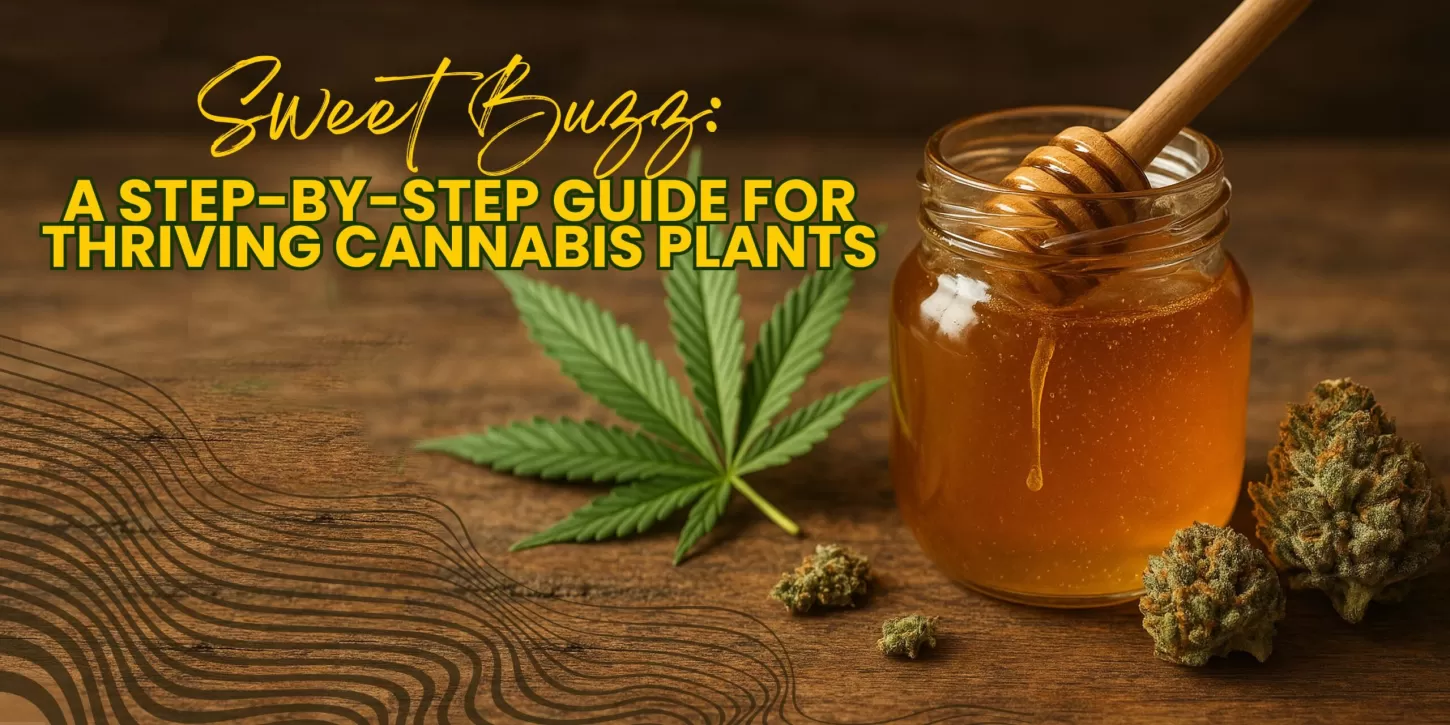
Ever tried marijuana honey? It’s a golden, sweet treat with both the medicinal goodness of honey and the relaxational effects of marijuana. It’s not only delicious — but a natural path to partake of the stoner sensations of marijuana in ingestible form. Everyone is talking about its uses, from sprinkling it onto snacks to being stirred into a cup of tea or as an aid for stress relief.
But did you know honey has yet another unexpected application in the world of cannabis? If you are wondering how to clone a weed plant using honey, it’s easy! Plant cuttings are dipped in honey by gardeners before planting in soil or water. Honey works as a natural root stimulator, shielding the cutting while supporting new root growth.
Whether you’re looking for a tasty edible or a genius gardening hack, marijuana honey has a little bit of something for all cannabis enthusiasts!
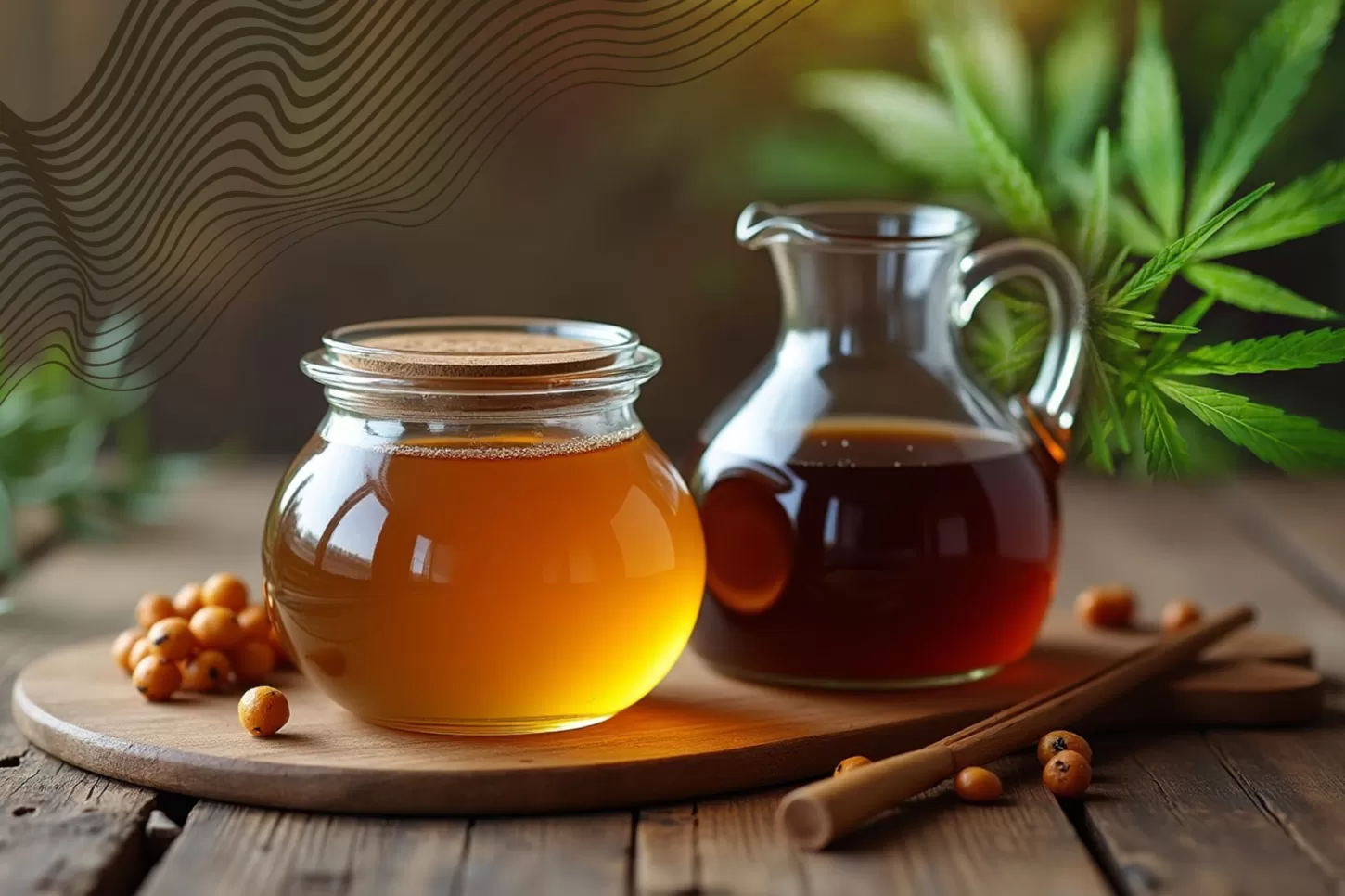
When gardening, most plant enthusiasts seek out natural methods to feed plants and grow. Among the favorite home remedies are honey and molasses — two viscous, sweet ingredients that provide more than taste to your recipes at home. But when putting honey vs molasses in plants, which one actually benefits your plant friends more? Let’s explore their own characteristics, how they function in the ground, and what gardeners need to know before they can use them.
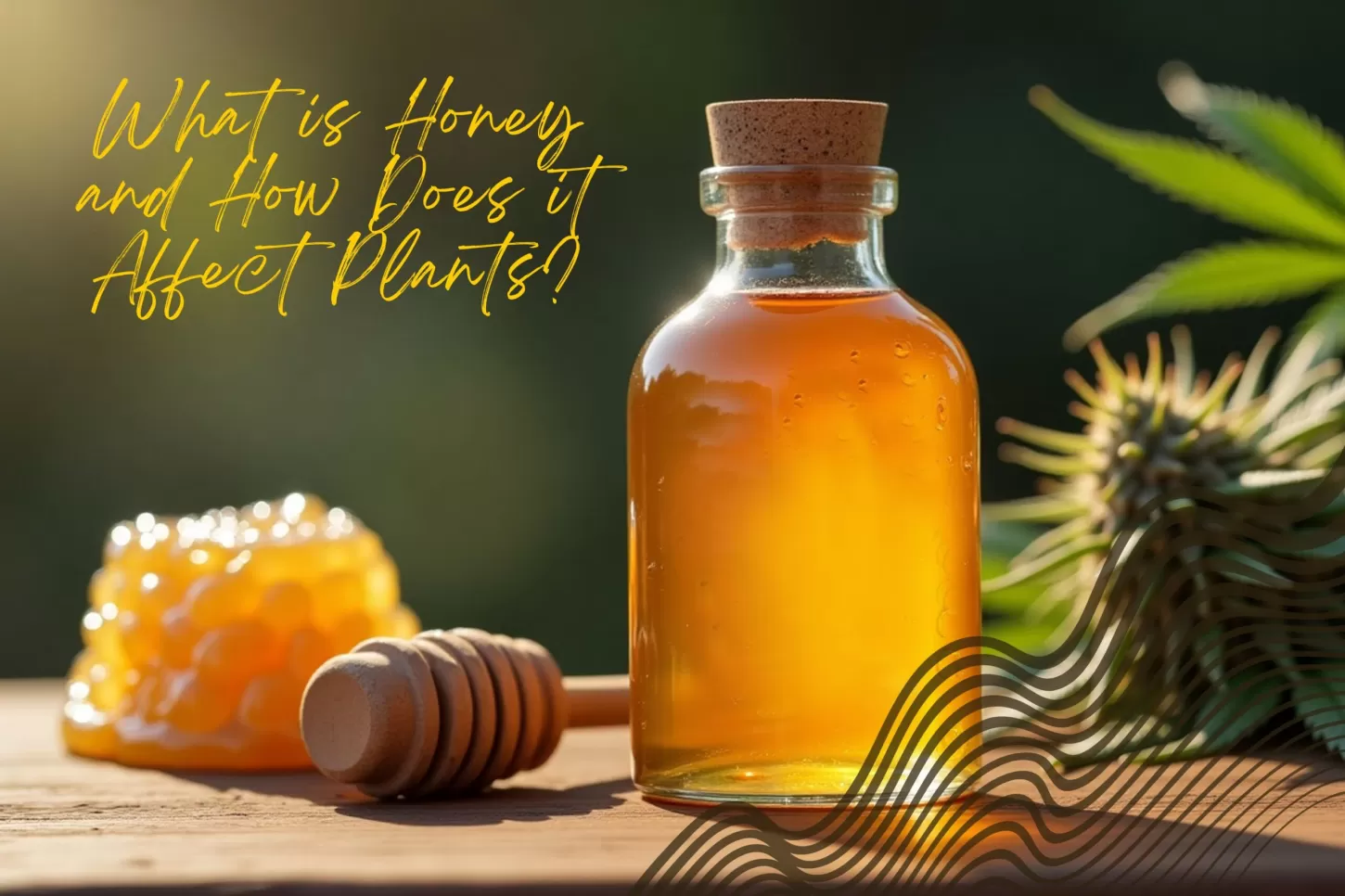
Honey is a natural sweetener produced by bees from flower nectar. It’s full of natural sugars, trace minerals, enzymes, and antibacterial agents. Although honey is well known for its health benefits to humans, it also has a special function in gardening.
Most people wonder, “Is honey beneficial to plants?” Yes — but with a caveat. Honey is not an immediate fertilizer but is an excellent rooting agent. Its antibacterial and antifungal qualities preserve plant cuttings from infection, making it a natural substitute for commercial rooting hormones.
Honey applied to weed clippings, for instance, is a favourite among home growers. By immersing the cut end of a cannabis clipping in honey prior to planting it in soil or growing media, growers enhance the likelihood of successful root taking and reduce the possibility of rot and disease.
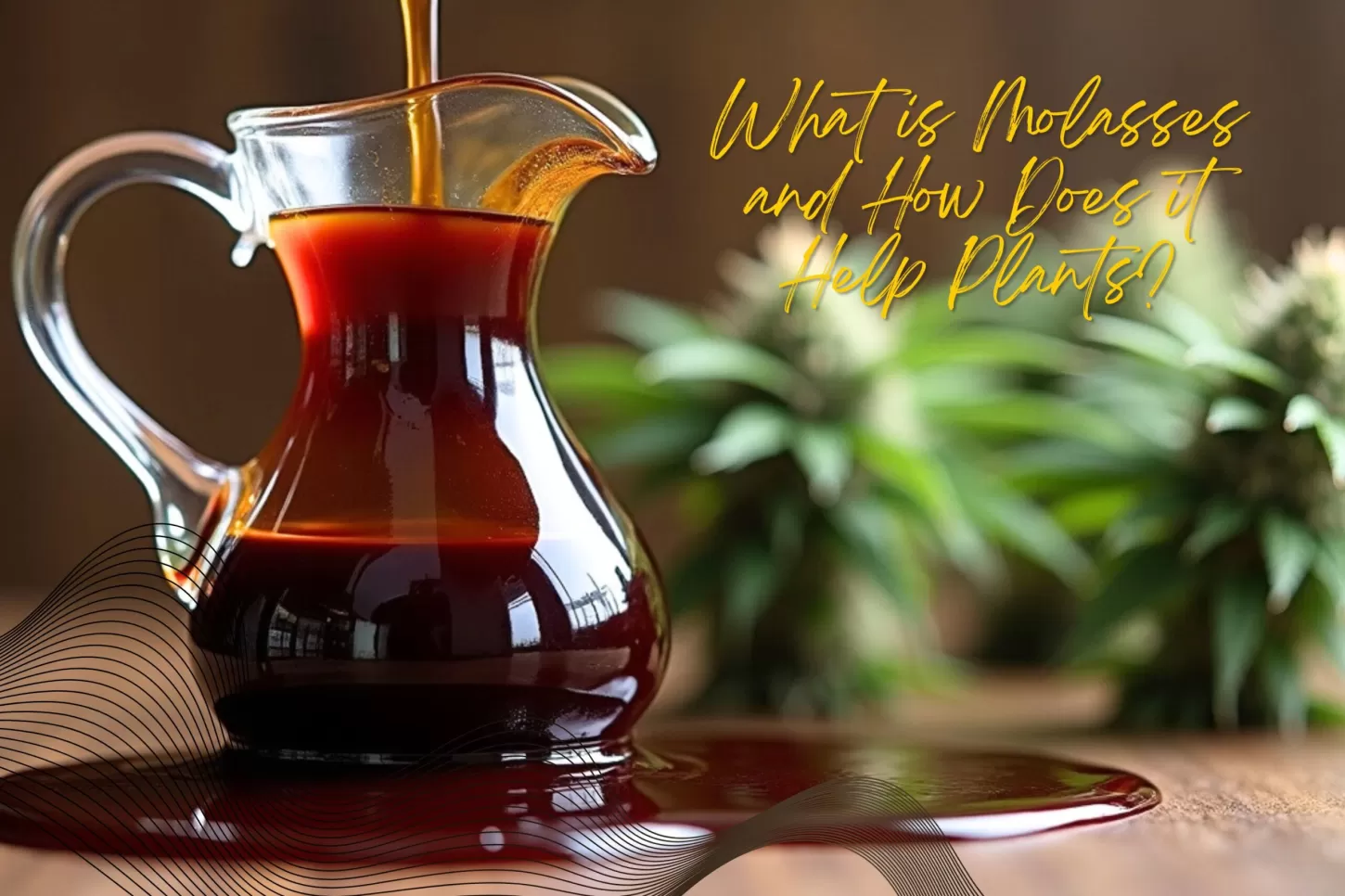
Molasses, being a dark, syrupy thick liquid, is a byproduct of sugar made from sugarcane or sugar beets. Molasses contains a lot of carbohydrates, iron, calcium, magnesium, and potassium, unlike honey. It is a great soil additive.
When it’s added to soil, molasses serves as a natural source of food for useful soil microbes. These microbes decompose organic matter in the soil, freeing up nutrients and enhancing soil health. Molasses also supports soil structure improvement, water retention, and soil pH balance.
For gardeners, molasses is commonly combined with water and used during watering or during compost tea preparation. It improves microbial activity and increases nutrient availability, which can result in stronger, healthier plants.
Now that we’ve explored the individual benefits, let’s directly compare honey vs molasses for plants to see how each performs in various gardening scenarios:
| Feature | Honey | Molasses |
| Nutrient Content | Contains natural sugars, enzymes, and trace minerals | Rich in carbohydrates, calcium, iron, magnesium, and potassium |
| Microbial Support | Protects against harmful bacteria and fungi, but doesn’t feed soil microbes | Feeds beneficial soil microbes, promoting healthy soil ecosystems |
| Common Uses | Rooting agent for plant cuttings, natural antibacterial treatment | Soil amendment, compost tea additive, microbial booster |
| Application Method | Apply to cuttings or dilute in water for foliar sprays | Mix into water or compost tea and apply to soil |
| Effect on Soil Health | Limited impact — mostly for plant surfaces or cuttings | Improves soil texture, nutrient content, and microbial activity |
| Best for | Cloning plants, especially cuttings prone to infections | Overall plant health, soil improvement, and nutrient cycling |
If you’re interested in using honey for your plants, here are a few practical ways to apply it:
When planting, submerge the recently cut end in honey before inserting it into water or soil. This prevents the cut end from being attacked by bacteria and promotes root development.
Mix a teaspoon of honey with a cup of warm water and spray on plant leaves to naturally control fungal infections.
Although honey has its advantages, keep in mind that it is not a fertilizer. It won’t provide the soil with additional nutrients directly but serves as a plant guard and root stimulant.
Molasses excels at nourishing the soil and improving plant wellness. Here’s how to employ it:
Dilute 1–2 tablespoons of unsulfured molasses in a gallon of water and water your plants with it. This will provide food for good microbes and condition soil.
Add molasses to compost tea brew. It serves as a food source for microbes, accelerating the decomposition of organic matter and microbial diversity.
Mix molasses with other organic fertilizers to enhance nutrient uptake and soil health.
When considering honey versus molasses for plants, it’s easy to see that both are used for different uses in the garden. If you’re using plant cuttings or treating plant infection, honey is an excellent natural remedy. However, if what you want is to enrich the soil, to feed beneficial microbes, and boost plant growth, molasses is the better option.
All the same, honey and molasses are employable together as part of an integrated organic gardening regimen. Apply honey, for instance, while propagating new plants and molasses to your daily soil maintenance routine.
Nature-based solutions such as honey and molasses introduce ease and sustainability to contemporary gardening. Whether rooting a cutting, enhancing soil health, or enhancing plant vigor, each substance has something special to offer.
In the honey vs molasses debate for plants, there’s no single winner — only the right tool for the job. By learning their differences and uses, gardeners can unlock the potential of these sweet natural substances to grow healthier, more vibrant plants.
So the next time you’re wondering, “Is honey good for plants?” or if molasses will provide a boost to your garden, you’ll know just when and how to apply each.
1. What is “Honey in Weed”?
It’s typically a honey infused with cannabis — pure honey mixed with cannabis extracts like THC or CBD. Others also call the sticky, resinous trichomes on quality weed that look like honey.
2. How is cannabis-infused honey made?
It’s prepared by heating honey slowly with cannabis extract or decarboxylated marijuana, and the cannabinoids dissolve in the honey. Infused oils or tinctures are used in some recipes for more consistency.
3. How is honey infused with cannabis useful?
4. Is it legal?
Depending on where you’re at! In those states or provinces where marijuana is legal for recreational or medicinal purposes, infused honey may be found at dispensaries. Make sure to look up your own laws first.
5. Does it get you high?
If it’s been laced with THC (the active ingredient in cannabis), sure — it will get you high. If it’s just CBD-infused, no, it won’t get you high, but possibly reduce relaxation or pain.
6. How do you take cannabis honey?
Start low — edibles kick slower and harder than smoking!
7. How long will the effect last?
Edibles (such as cannabis honey) onset 30-2 hours and last 4-8 hours depending on dose, quality, and your tolerance.
8. Can I make it at home?
Yes! You can use:
Gradually mix them on low heat, strain, and store in a jar.
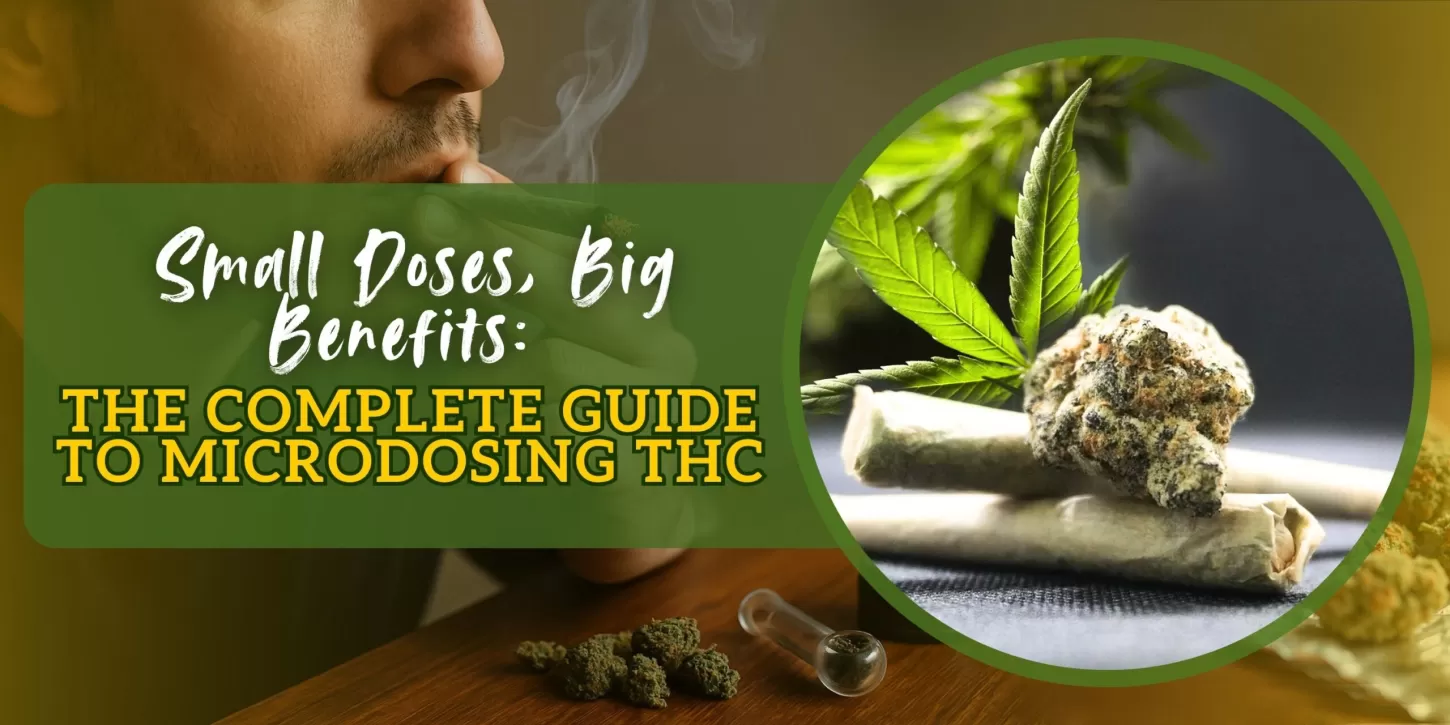

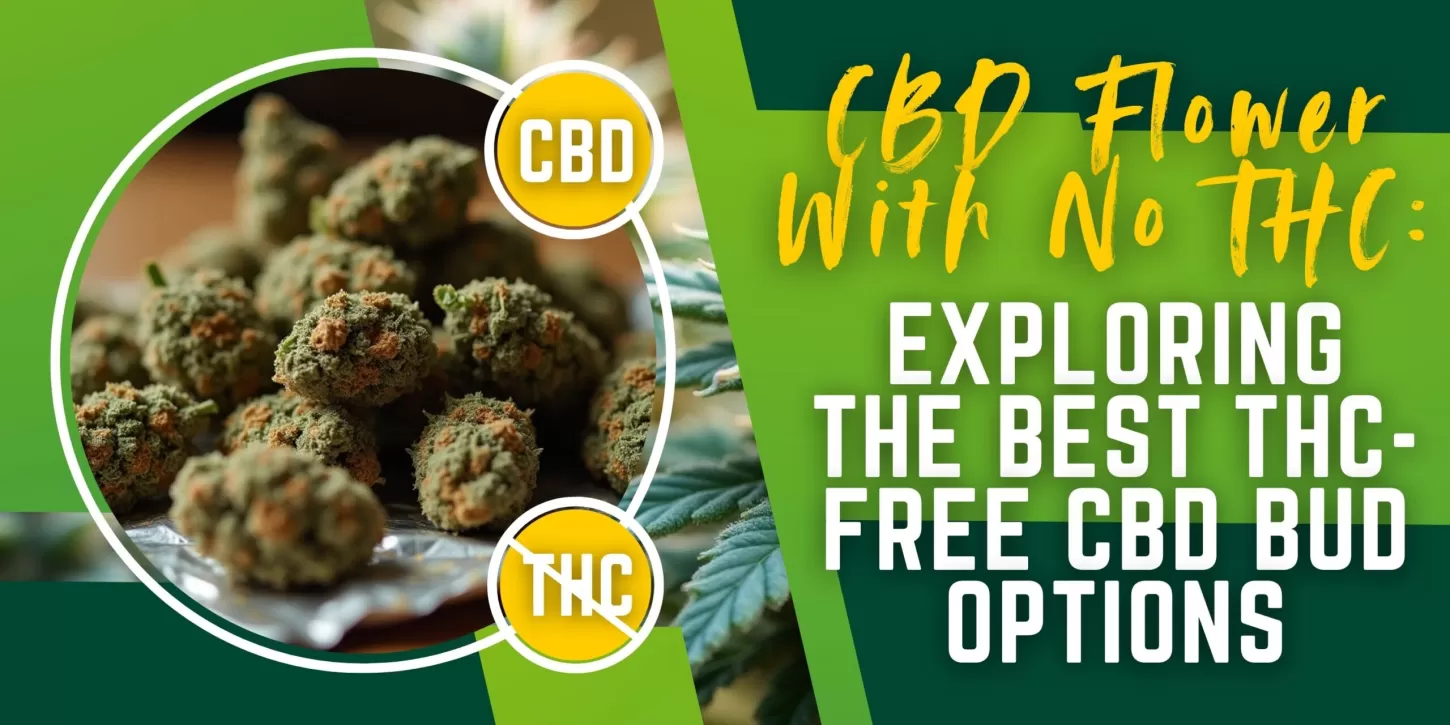
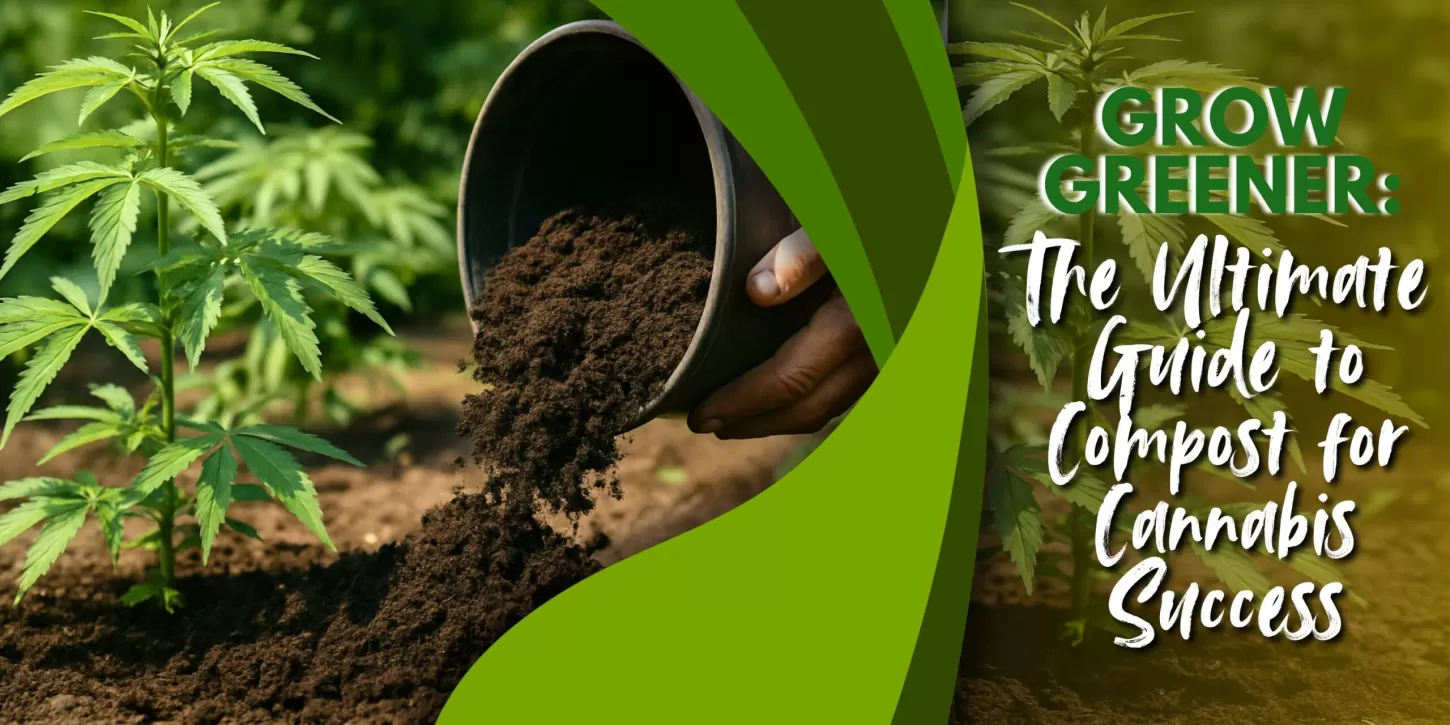
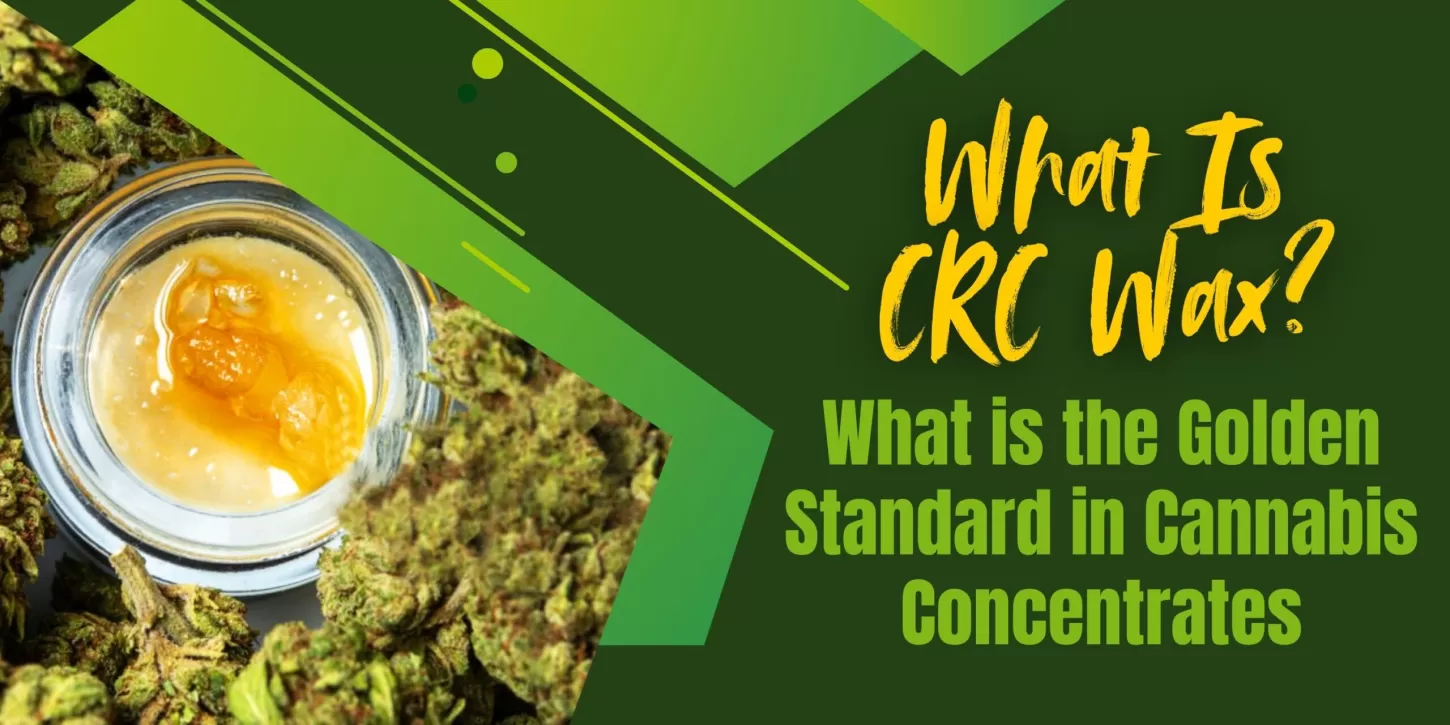
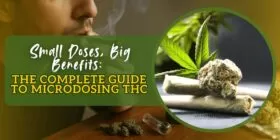


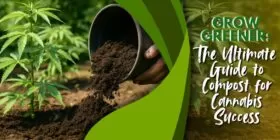
Explore a world of possibilities with VancouverSeedBank.ca. Your premier source for premium cannabis seeds, delivering quality, variety, and discreet shipping for a seamless growing experience.


Are You 18 Or Over?
By selecting “Continue”, you confirm that you are at least 18 years of age and legally permitted to access cannabis related content in your region.
By using Vancouverseedbank.ca, you agree to our terms of service.